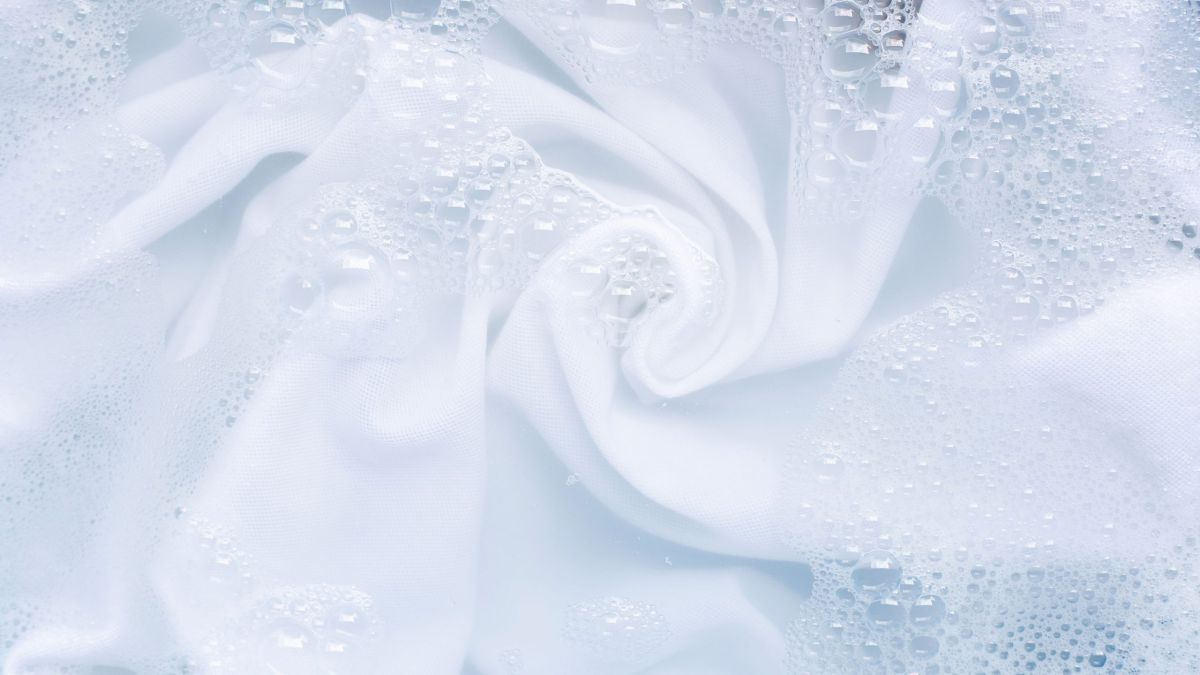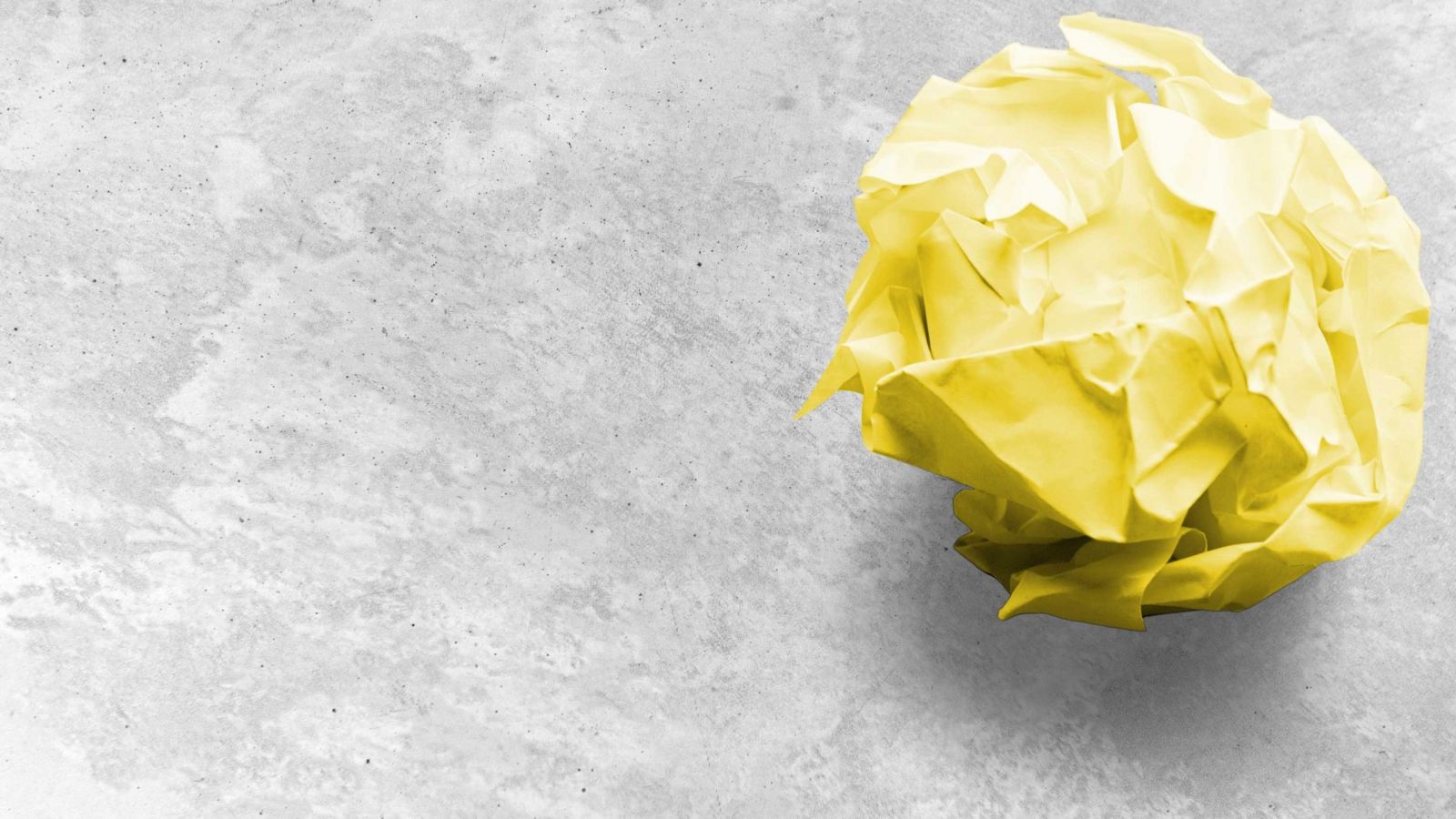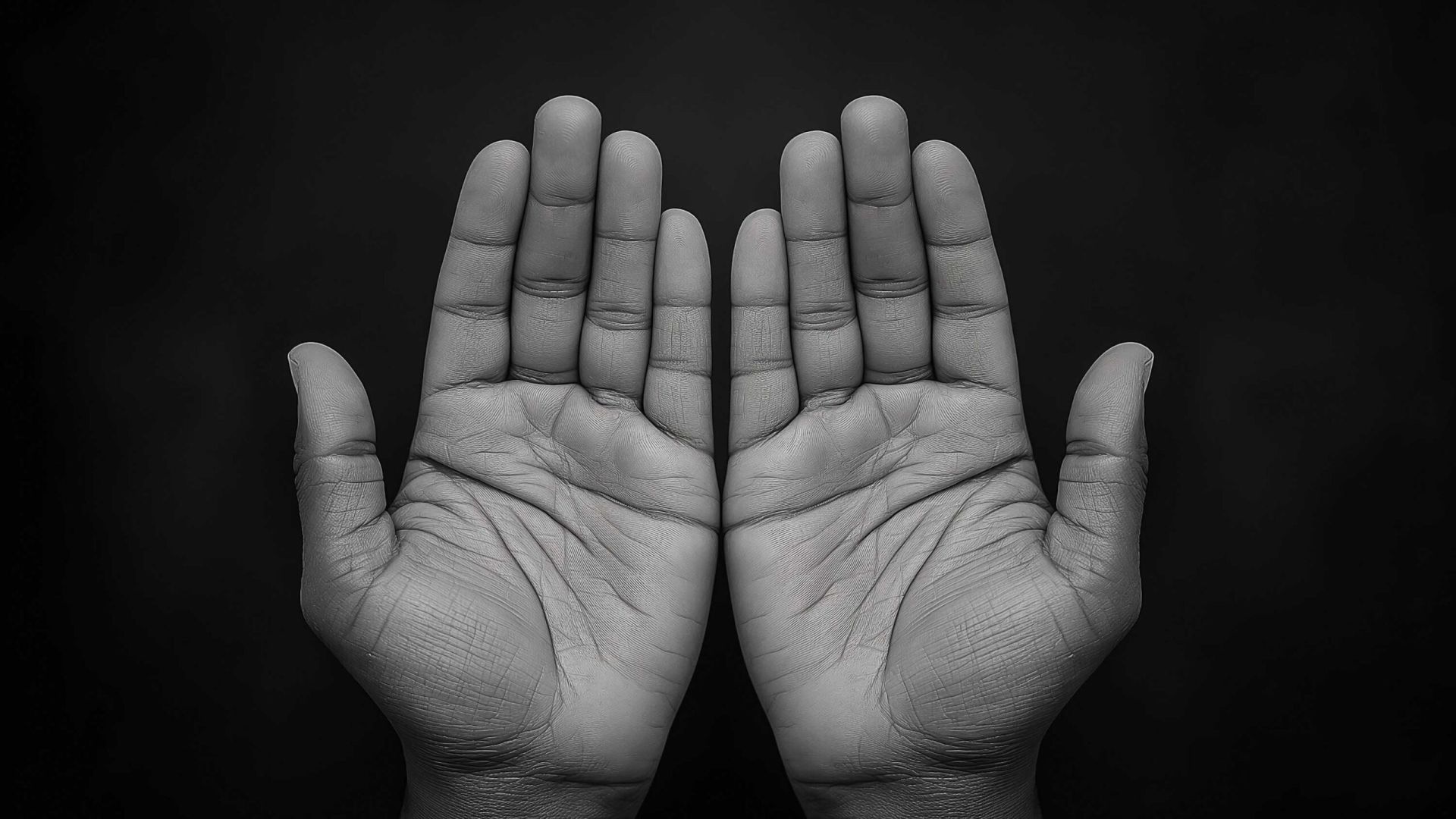How to Treat Material Marred by Najāsah if Its Place Is Unknown
Imām Muḥammad ibn Ṣāliḥ al-ʿUthaymīn


Imām Muḥammad ibn Ṣāliḥ al-ʿUthaymīn (d. 1421 AH) said:
If najāsah1 mars something but its place is hidden, it is compulsory to clean the marred material until one is certain regarding its removal.
Know that material marred by najāsah is of two types: It is either narrow or wide. If it is abundant, then one should try his utmost to find the place marred by najāsah. Based on his inspection, he should then clean only what he believes to be the most probable place of the impurity. This is because, if the material is abundant, there exists an inherent difficulty in cleaning all of it. If the material is narrow, then he should clean it until he is certain that it has been removed.
An example of this is if najāsah was to fall on one of the sleeves of a garment but its owner is unaware of which sleeve. Here, the only way for him to be certain of the complete removal of the impurity is by cleaning both sleeves. Likewise, if its owner knew which sleeve but then forgot, he would have to clean both.
According to the Ḥanabalī madh`hab, there is no legislation regarding inspection of the marred material, even if one is able to do so. This is because, according to them, one must hold complete certainty and be assured regarding the removal of the impurity.
However, the correct opinion is that it is permissible for one to inspect the marred material. The evidence of this is his (صلى الله عليه وسلم) saying regarding the one who holds doubts in his ṣalāh [concerning the number of rakaʿāt he has prayed]: “Let him search for the truth, then complete his ṣalāh based on it.”2 Considering this, if there exists an avenue towards inspection of the specific place of the impurity, then one should inspect which sleeve in particular was marred and clean only that place.
An example of this would be if someone passed by something najs on his right and knows that some of it has reached his sleeve of the clothing he was wearing at the time although he is unsure which sleeve. Here, it is most probable that it reached his right one so it is incumbent to clean only it, rather than his left.
If, however, there exists no way of inspecting and ascertaining the specific position of the impurity then one should clean both sleeves. This is because there is no other way of gaining certainty of the removal of the najs except by doing so. Based on this, we can say the situation is one of four:
- One is certain that both sleeves have been marred by najāsah in which case he must clean them both.
- One is certain that it has marred only his right or only his left. Here, he cleans only that sleeve.
- He believes it is most probable that one of his sleeves in particular has been marred based on inspection. Here, he cleans only that one according to the correct opinion.
- He surmises the possibility of either sleeve having najāsah to be equal. Here, he should clean both of them.
According to the Ḥanbalī madh`hab, situation 3 and 4 are the same and one should clean both sleeves in both circumstances.
Endnotes:
[1] Najāsah: any material considered dirty whose removal has been ordered by the legislator (Allāh). See al-Fiqh al-Muyassar 1:35.
[2] Authentic: narrated by al-Bukhārī: 401 and Muslim: 572.
Source: al-Sharḥ al-Mumtiʿ 1:435-437
Translated by: Riyāḍ al-Kanadī
Most Popular: Last 30 Days

















